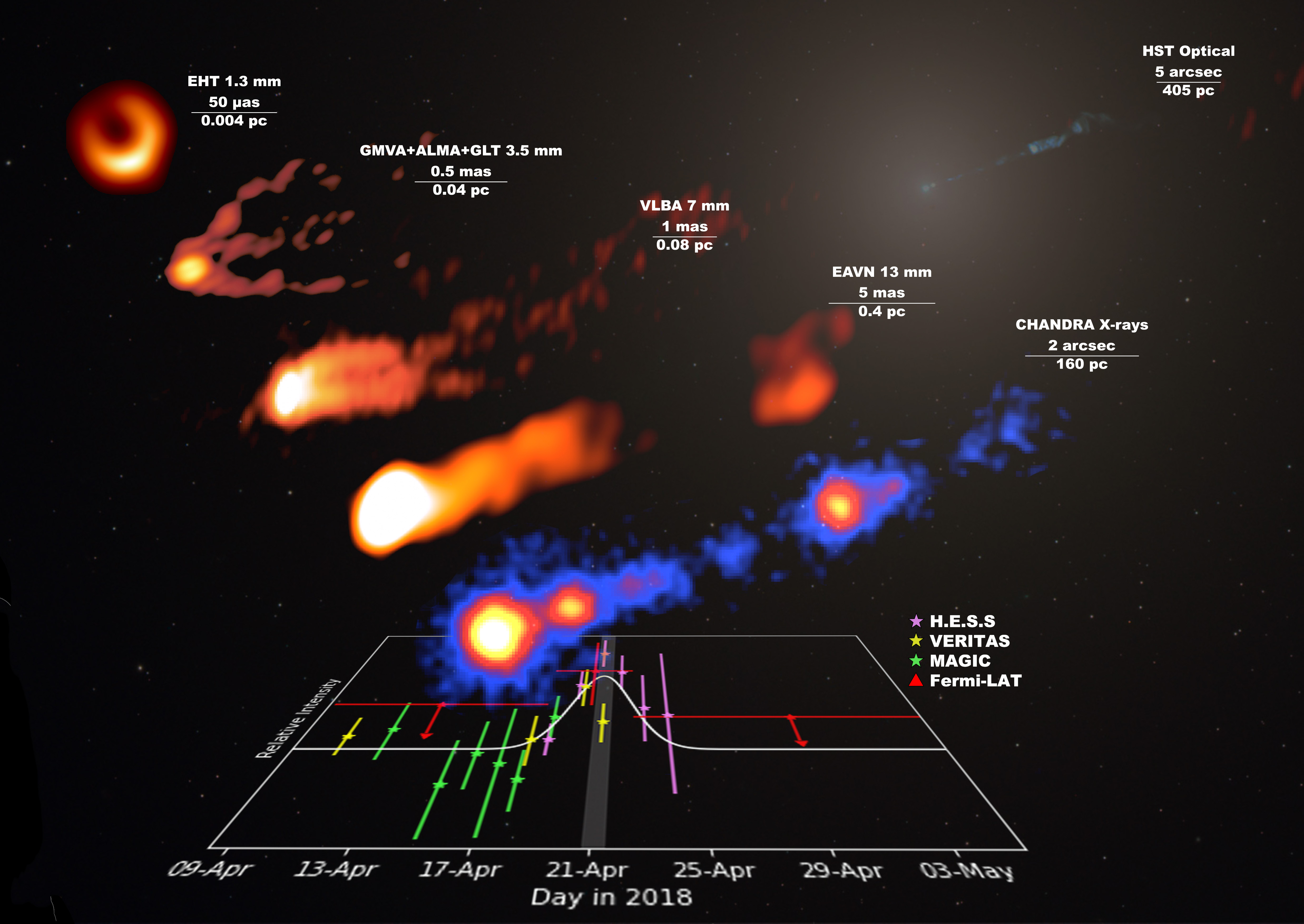# Lifting heavy weights can help you mitigate osteoporosis. Here’s how to get started.
In 2012, my aunt Susan Stuart-Jones, then in her late 50s, was diagnosed with osteoporosis—a finding that worried her. Her mother, who also suffered from the disease, had been an independent and adventurous world traveler, dancing in Morocco on her 80th birthday. But after breaking her hip she was confined to bed and a wheelchair and never recovered. Stuart-Jones’ grandmother also likely had osteoporosis, acquiring the nickname “Little Nana,” because she shrank so much in her later years—a classic manifestation of the bone-weakening disease. To strengthen her bones Stuart-Jones, who lives in Sydney, Australia, followed mainstream advice to do exercise like walking, yoga, and other light weight-bearing activities. But it wasn’t enough. In early 2022, a DXA scan—the standard test to measure bone density—revealed a fracture in one of her vertebrae. “I’m thinking I’m crumbling,” Stuart-Jones told her physiotherapist who recommended a new and completely different strategy. He prescribed lifting heavy weights, based on recent trials that showed women with osteoporosis women could gain bone this way. After getting the OK from her doctor, she started. For decades, the conventional advice for people with osteoporosis was to engage in gentle exercises—but nothing too stressful. “Everybody had decided the way to manage osteoporosis with exercise was to just stop falling,” says Belinda Beck, a professor at Griffith University in Australia who has studied bone health for more than 20 years. Balance and stability exercises were prioritized, with the focus on preventing falls. But that kind of exercise doesn’t build new bone. “Most of the literature shows that maintaining physical activity will stabilize bone mineral density, if not necessarily improve it,” says Kendall Moseley, a physician and the clinical director for the Division of Endocrinology, Diabetes & Metabolism at Johns Hopkins Medicine.
Beck saw patients with low bone density become “terrified to do anything because they’re going to break—so their life kind of closes in around them because they stop being as active. They can’t lift up their grandchildren, they can’t do things in the garden anymore,” says Beck. Beck knew that even as we age, bone is responsive to exercises, and the basic principles of building bone are the same over a lifetime. Bone bends when you load it, and lightweight exercise doesn’t bend it much, whereas heavier weights do. That’s because although bone appears solid, it contains tiny holes that are connected via channels. When a bone bends, the fluid in the channels moves from the compressed side of the bone to the other side and pushes past the osteocytes—the stress sensors—and fires them up. This sends a signal to the osteoblasts to build more bone, says Beck. This “very cool sensing system in the bone” is also the mechanism by which a broken bone heals. In those with low bone density, the key is ensuring that the loading is heavy enough to build bone slowly over time, but not so heavy that it breaks bones.
Challenging the norms of who lifts heavyIn 2013, Beck began a new study to measure the benefits of high intensity resistance and impact training, “which is what I knew bone needed to adapt.” She recruited 101 people over age 65 with low to very low bone mass; almost half diagnosed with osteoporosis based on their DXA scan scores. The randomized control trial included two groups: one did low-intensity supervised exercise (a protocol currently recommended by most doctors); the other group did heavier, supervised weightlifting. From prior studies, they knew that the bone remineralization takes at least 8 months, so that was the length of the study. Their results showed that those in the heavy weightlifting group had significant increases in the density of the bones in their spines, while the low-intensity program participants continued to lose bone, “clearly showing low intensity doesn’t work to build bone, high intensity does,” says Beck. Moseley, who was not a part of Beck’s research, says the study is “very promising.”
Other physical criteria linked to decreased fracture risk also “improved compared to the control group,” says Beck. The result: lifting heavy weights reduced the risk of falling in addition to building back bone. Beck formalized the protocol used in her clinical study, defining heavy weight as 85 percent of the maximum weight a patient can lift (which should increase over time). Since then, she has certified trainers in her program in eight countries, with practitioners reporting their results back to Beck. There are also independent physical therapists who are using Beck’s work as the basis for their own programs. In New Jersey, Claudia Tamas, a doctor of physical therapy and the director of Women’s Health at Natural Medicine and Rehabilitation, received certification in Beck’s protocol and then worked with a group of women with osteoporosis for a year. When she compared before-and-after DXA scans, she found results consistent with Beck’s. Additional studies also supported Beck’s findings.
Lifting heavy weights is for middle-aged women tooBone loss begins early, and there are several genes that are linked to the likelihood of osteoporosis, but lifestyle matters too. Women’s bone mass is greatest at around age 35, but due to sedentary lifestyles in modern cultures, that peak might be quite low (compared to cultures where women are doing physical labor). That’s because building muscle builds bone. According to Tamas, conversely, “muscle weakness and muscle loss is always going to be accompanied by bone loss.” Tamas says she’s seen muscle weakness in women as young as their early 40s. But the decline is not inevitable. “Ideally, you want to start weight training in your 30s, so you can maximize that peak in bone density.” In both men and women, bone density declines about 1 percent a year after age 35, but at menopause it declines by about 10 percent in a short period of time for women. Tamas points out that if you start at a higher bone density, losing some at menopause might not be a problem. But thinner bones from the get-go mean “When menopause comes, you’re already at the edge of the cliff,” says Tamas.
There’s always time to build back boneThe great news is that almost anyone, at any stage of life can build bone back through weightlifting programs like Beck’s. But this is an intensive, long-term exercise plan that must be done with supervision. “The challenge is obviously in access and to know what to do and how to do it—and how to do it safely,” says Moseley. Not everyone would be able to physically complete the exercises. Bone loss isn’t just caused by age, but by anything that causes chronic inflammation, as well as liver disease, kidney disease, organ transplant, and drugs taken for those issues that cause bone breakdown, like steroids, according to Moseley. Still, Tamas says even one of her patients with an autoimmune disease is now maintaining bone—previously the patient had lost 5 percent a year.
Almost 20 percent of women older than 50 will become osteoporotic—that number is increasing—and half of them will suffer a broken bone due to low bone mass (osteopenia). “People will go to the doctor and the doctor will say, Oh, you’ve only got osteopenia, you don’t need to worry but actually, that’s not true at all. You’re definitely at risk of fracture if you have osteopenia,” says Beck. Breaking bones doing normal life activities is a sign of risk. “Falling from standing height and breaking something—that shouldn’t really happen,” says Moseley.
Stuart-Jones is now finishing up her first year of weightlifting at age 69, and she’s able to deadlift 125 pounds. Of course, she’s hoping her bone-mineral scans will show a bone density increase—but she’s also come to love weightlifting for its many other benefits. Besides losing 15 pounds, she’s gained muscle, reshaped her body, and her posture is noticeably straighter. Her confidence has improved along with her growing strength, something Tamas and Beck also noted with the groups of people they trained. Lifting plant pots, putting laundry on a top shelf, and moving boxes during a recent move were all surprisingly easy: “I kept thinking, Oh, that might be a bit heavy, and then realizing, Oh, it’s not at all,” she says.
Editor’s Note: This article originally misstated the number of groups in Beck’s randomized control trial. It was two.













